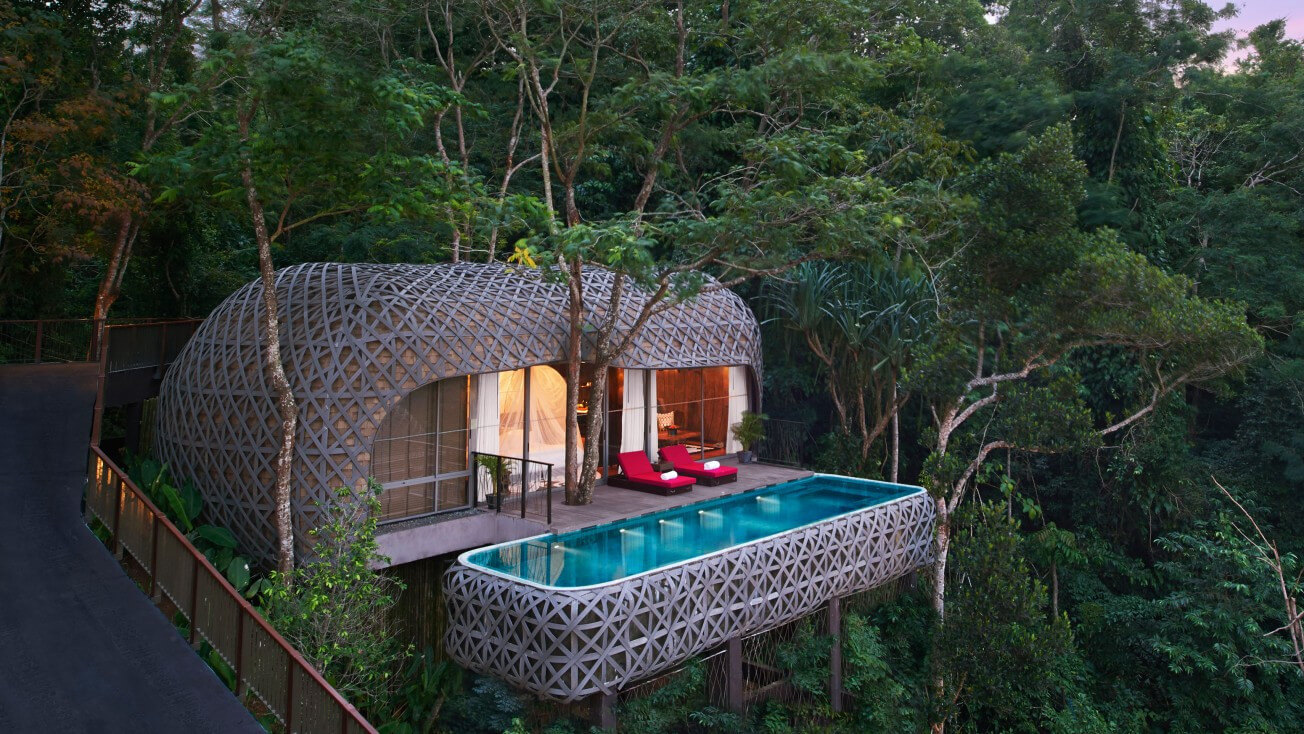
When a legacy brand with half a century of history looks to improve its digital marketing, it may be tempting to think success is as simple as running a few online ads. For safari specialists, Ker & Downey Africa, it was not as their unique capability to create and host bespoke, luxury safaris was unclear from their marketing.
NB: This is an article from Think with Google
Subscribe to our weekly newsletter and stay up to date
Set packages for a specific amount of people over a set number of days was the company’s original offering to prospective customers. This was coupled with incongruent language like “best price guaranteed” and “price match”.
The average consumer seeks out the best deal possible. The premium consumer is willing to pay a little bit more for extra value — but there is a limit where higher prices result in diminishing returns. Luxury is about a personalised one-of-a-kind experience where monetary value is priceless.
So when price and value are no object, what do marketers have left to “sell”? It’s all about inspiration.
Like with any demographic, luxury travel shoppers require a dedicated approach to drive the consumer from consideration to purchase.
Luxury purchases are rooted in emotion. For some, it’s about having time to spend with their loved ones. For others, it’s about pursuing a lifelong passion. Two travel companies may have the same offering, but the one that can make the luxury consumer feel something beyond the offer is likely to win the sale.
The way to go about this is to apply the luxury consumer persona to everything they do. Like with any demographic, luxury shoppers require a dedicated approach to drive the consumer from consideration to purchase. A good place to start is to get a solid understanding of the customer from key decision-makers within the brand. Work with sales, marketing, and management teams to develop the brand’s unique luxury persona. This persona includes a number of things:
- Demographics: age, place of residence, gender, family status, net worth, source of income
- Media consumption preferences: typically used devices, apps, social media networks, sources of news and inspiration
- Psychographics: emotional motivators and blockers
- Nuances: cultural and traditional identifiers
The data for these personas is created with a combination of client first-party data, our own agency’s data, and market research. Once you have a persona set up for a particular market, it’s time to scale.
For Ker & Downey Africa, the first market of interest was the U.S. The first step towards reaching luxury consumers in this market was eliminating all of the budget tier packages the company previously had on offer. If there are no budget tier options to choose from, it signals to luxury consumers that this may be the best place for them to find that one-of-a-kind experience.
Next, we sharpened the campaign’s geographic reach from simply the U.S. in general to the affluent area codes in states like California, Texas, New York, and Florida, for example. Now that we had a good sense of who we wanted to reach and ensured that we had the right offering for them, it was time to move on to communicating to them in a language they understand.




